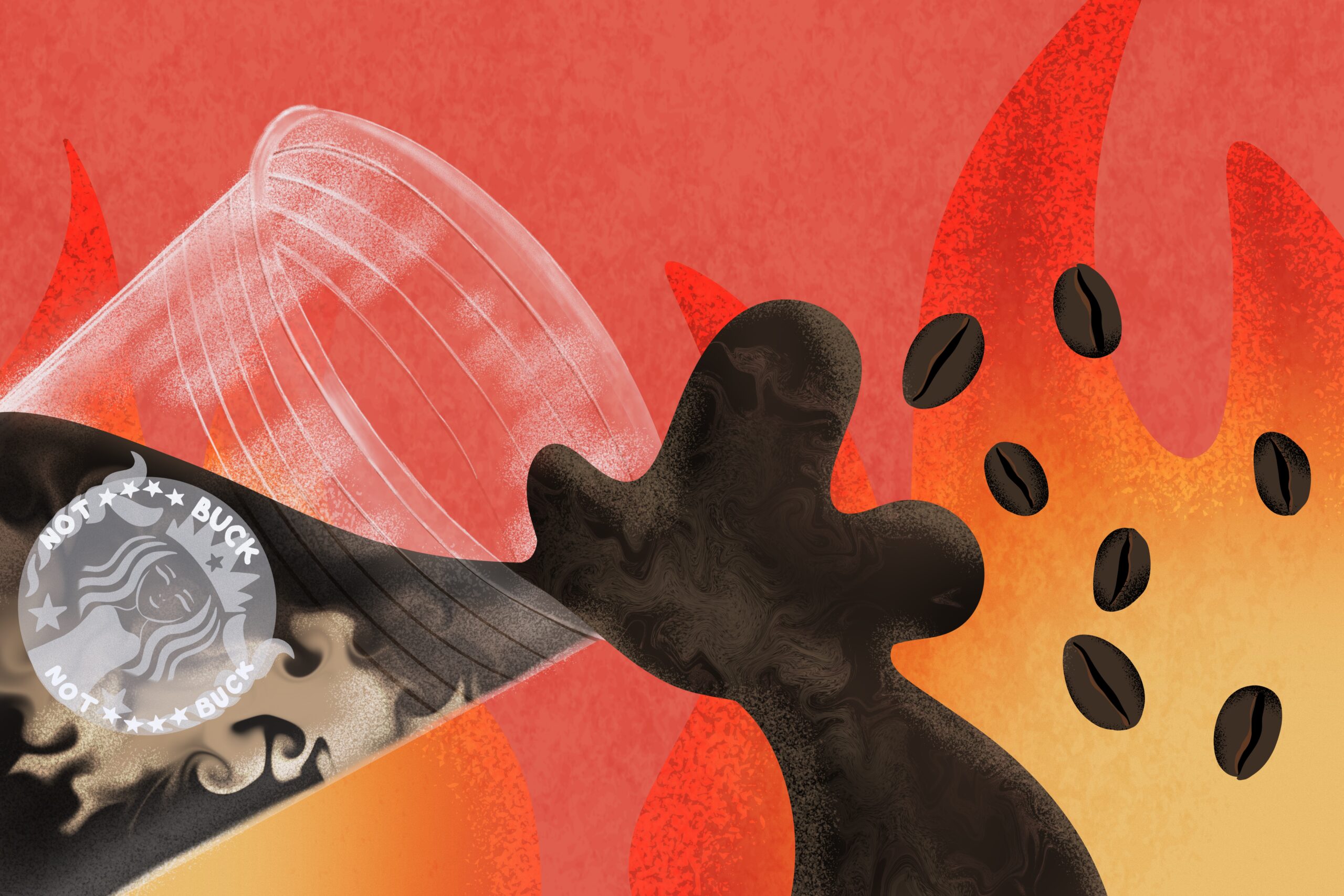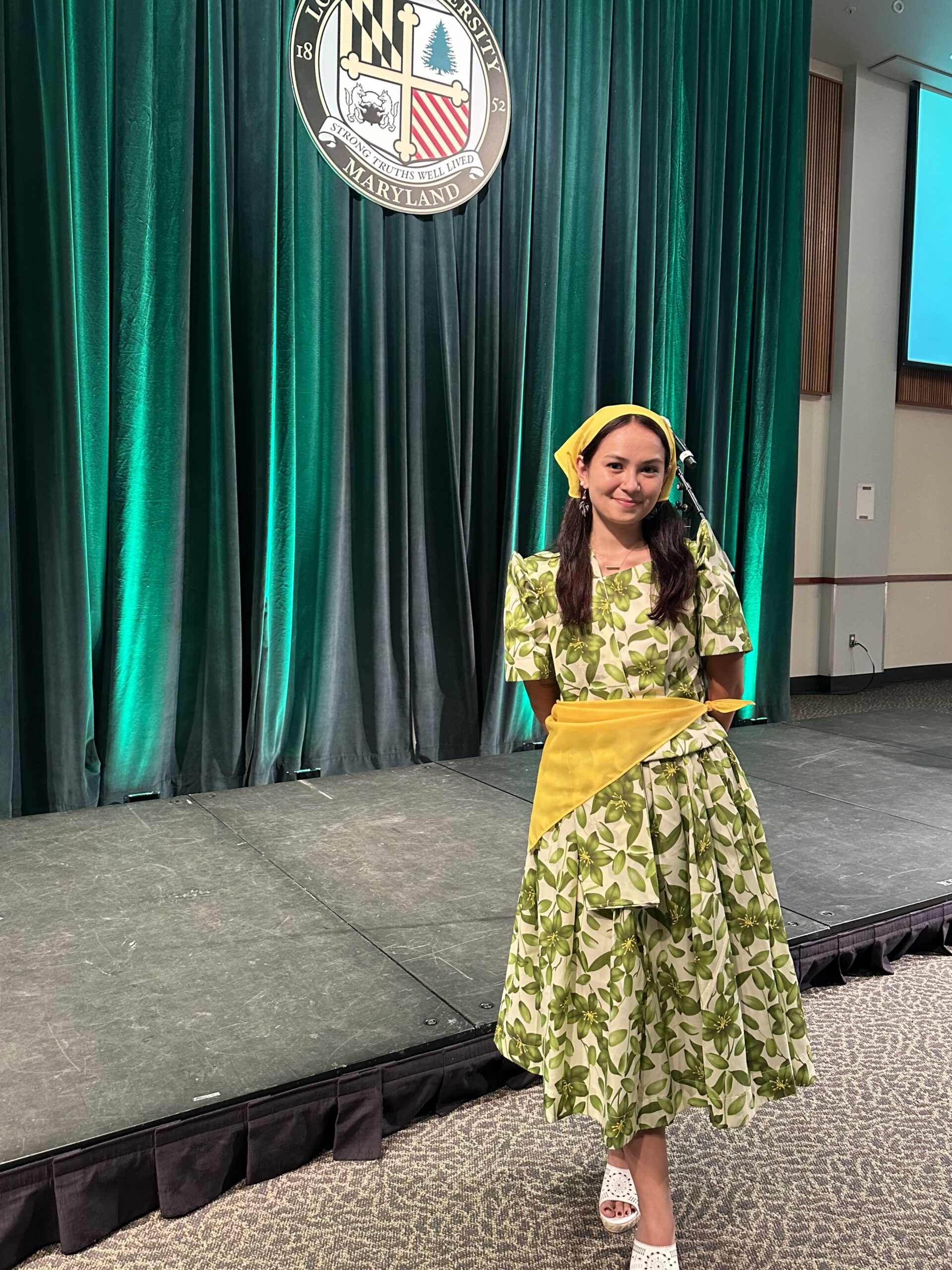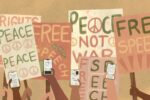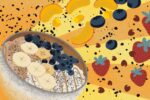Starbucks’ quality in sourcing, roasting process, and pricing continues to drop as the chain’s stocks follow.
Starbucks is a world renowned company known for their innovative drink creations and flavors, like the iconic pumpkin spice latte. Early into their business, Starbucks set precedents for ethics by being one of the first corporations in the U.S. to offer comprehensive health benefits to full-time and part-time employees. However, in the past five years, Starbucks has faced public backlash from workers, political conversations and from their once loyal customers on multiple occasions. Besides being in the center of problematic headlines, Starbucks deserves plenty of criticism for their consistently poor coffee quality and absurd prices.
While Starbucks has claimed that they commit to having 99% ethical coffee, there have been reports of slave and child labor found on plantations that sell beans to Starbucks. Journalists in Brazil have exposed Starbucks in reports that describe teenagers needing to be rescued from Mesas Farm in Campos Altos. As consumers, it’s essential to acknowledge the industry our choices fuel.
Starbucks not only has hypocritical commitments to ethical sourcing, but also extremely inconsistent quality of coffee. On social media, customers have often complained that their same order comes out tasting different every time. The beans Starbucks serves and sells are also notorious for their burnt taste.
Sourcing and Roasting
Roasting coffee beans is a very particular, multi-stepped process, requiring very specific temperatures and fixed timelines. Different roasts of coffee require a different number of resting days after roasting, ranging from 1-14 days. Another example is the concept of scorching in roasting. Scorching occurs when coffee beans are in contact with the roasting drum, resulting in burnt beans. Because it can be difficult to observe, scorching is common in larger batches of beans, like those Starbucks buys.
Starbucks’ flavor is inconsistent because they source their coffee from plantations all over the world. The origin of beans plays a big role in their flavor profile. When grown at higher altitudes, the beans tend to be sweeter, while lower altitudes are associated with earthy tasting profiles, like chocolate. Craft coffee takes into account how mixing origins will impact their roast and are highly selective in what combinations they roast. Starbucks is getting a mix of beans from a variety of places, not considering how this will impact their flavor, so natural and complex flavors are muddled and muted in the roasting process. Also, roasting at a large scale takes away the close attention roasters can pay to little details throughout the process.
Add-Ons
A major enticing factor Starbucks was once known for was their variable drink menu. Their wide range of products in different flavors, milks and toppings allowed customers to completely customize their drinks to their liking. Even non-coffee items like Refreshers can be tailored to match a customers’ preference. The add-ons and modifications once did well in Starbucks’ favor, but are now pushing people away.
Depending on how one likes their coffee, flavor and milk add-ons can range from an additional .50 cents to $2. That price, on top of the original price of the drink itself, multiple times a week, costs the average American about $2,000 a year. Though add-ons might not seem expensive in the moment, these costs add up over time. One of Starbucks’ most expensive add-ons, cold foam, costs $1.25 to add on while Dunkin Donuts’ cold foam costs .70 cents. For the price of a Starbucks coffee with cold foam, you could easily purchase the materials to create an entire batch of cold foam at home.
Coffee Movement
The Third Wave Coffee movement, a term coined in 1999, focuses on coffee quality. More recently, characteristics such as being ethically and sustainably sourced have been attached to the movement. It tends to be seen in small business coffee shops throughout America, where roasters research their bean vendors, and sometimes visit the coffee plantations to ensure high quality beans and ethical labor. Rather than buying a ridiculously expensive, shoddy cup of coffee, consider visiting a local café. Because of the Third Wave Coffee and the Fourth Wave Coffee movements’ focus on the science behind brewing, small businesses tend to be very transparent about their sourcing and roasting process. This transparency allows the consumer to know exactly where and how their coffee beans were extracted.
Local coffee shops also tend to be cheaper while serving better quality coffee. Baristas are highly trained to measure, dial in and brew consistently excellent coffee. Buying from a small business café almost guarantees a delicious and ethically sourced drink. In addition to better and more affordable drinks, local cafes help connect communities through personable service.
The next time you want coffee, consider supporting a local café instead of a multinational corporation for a cup of overpriced and mediocre coffee.

















